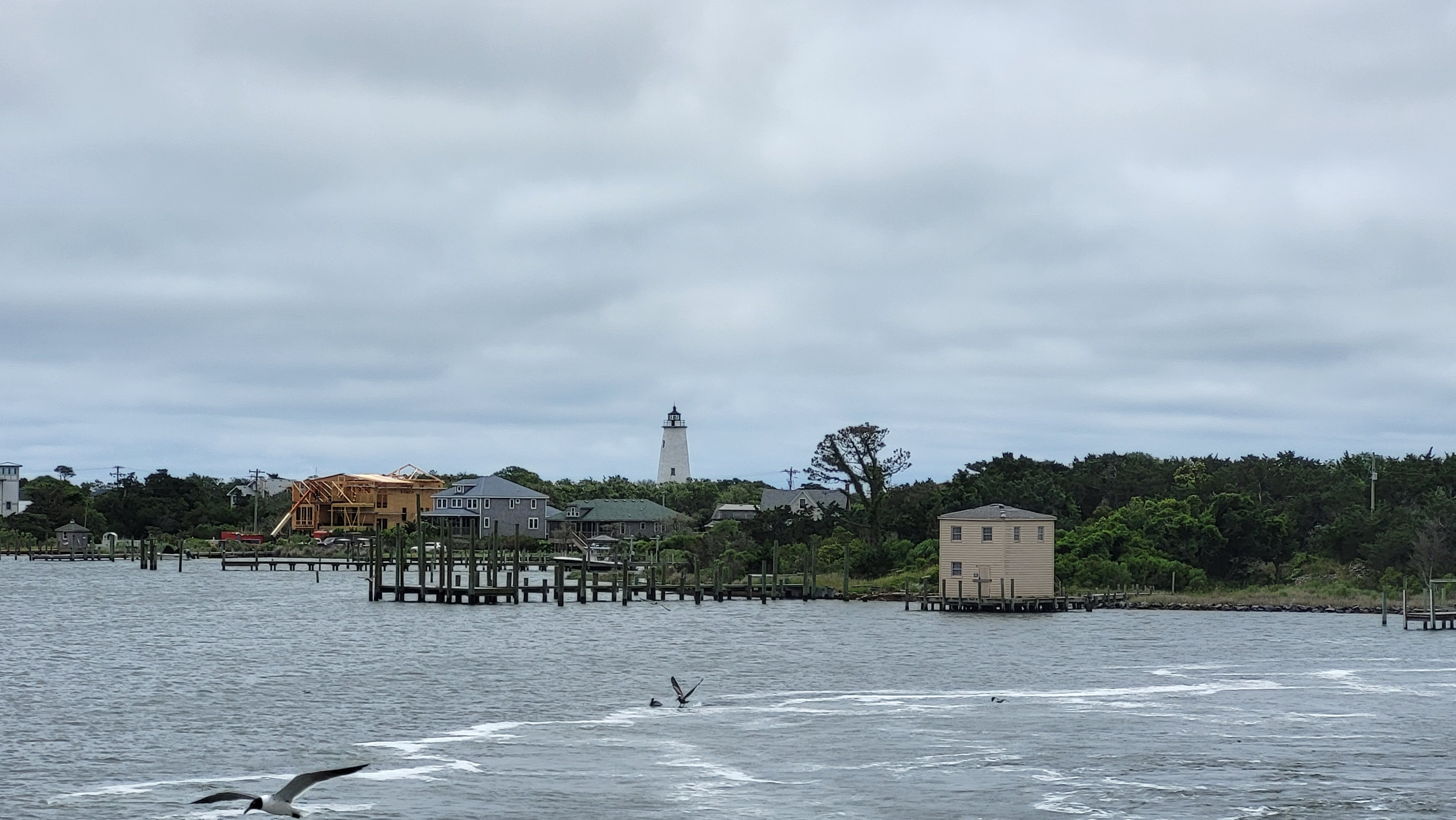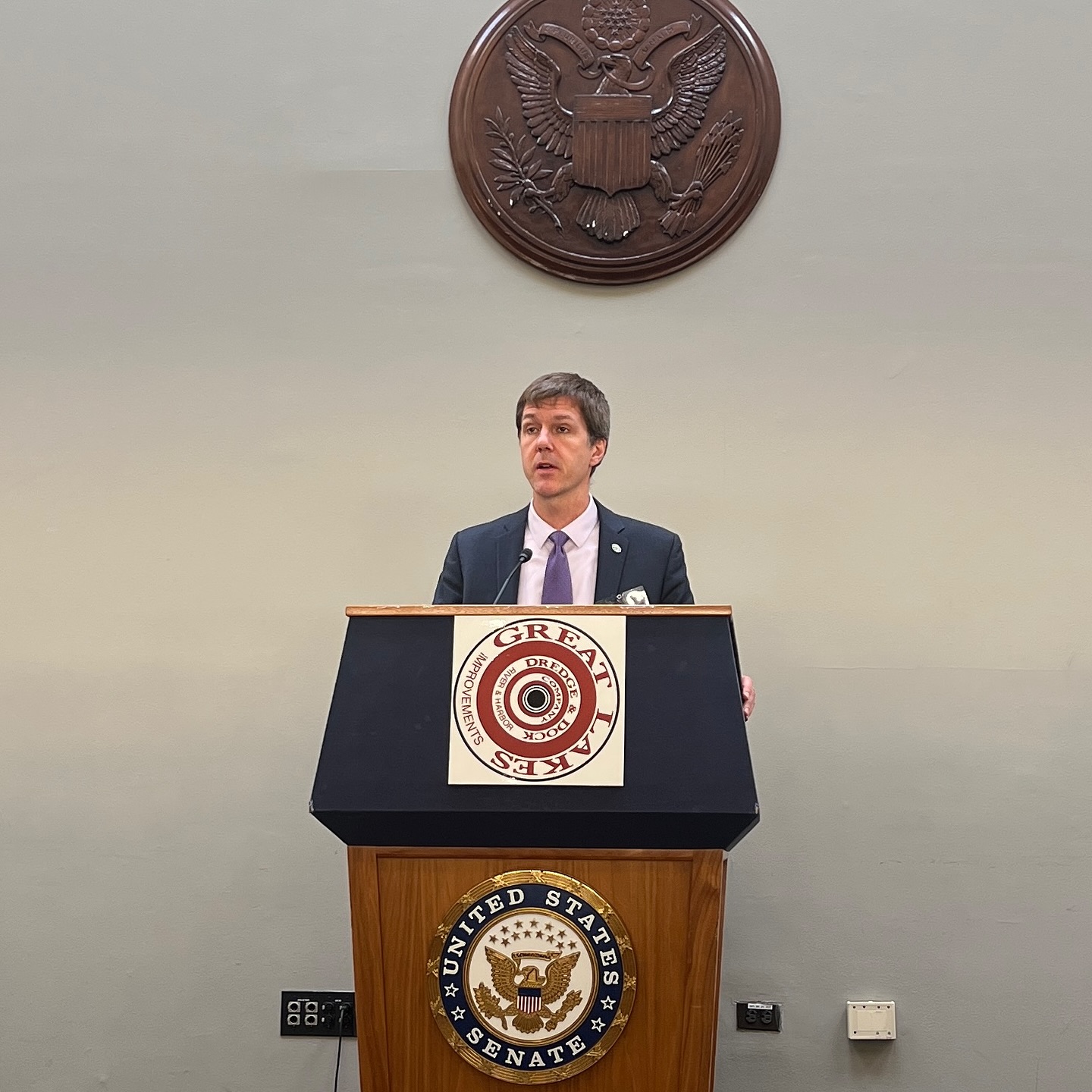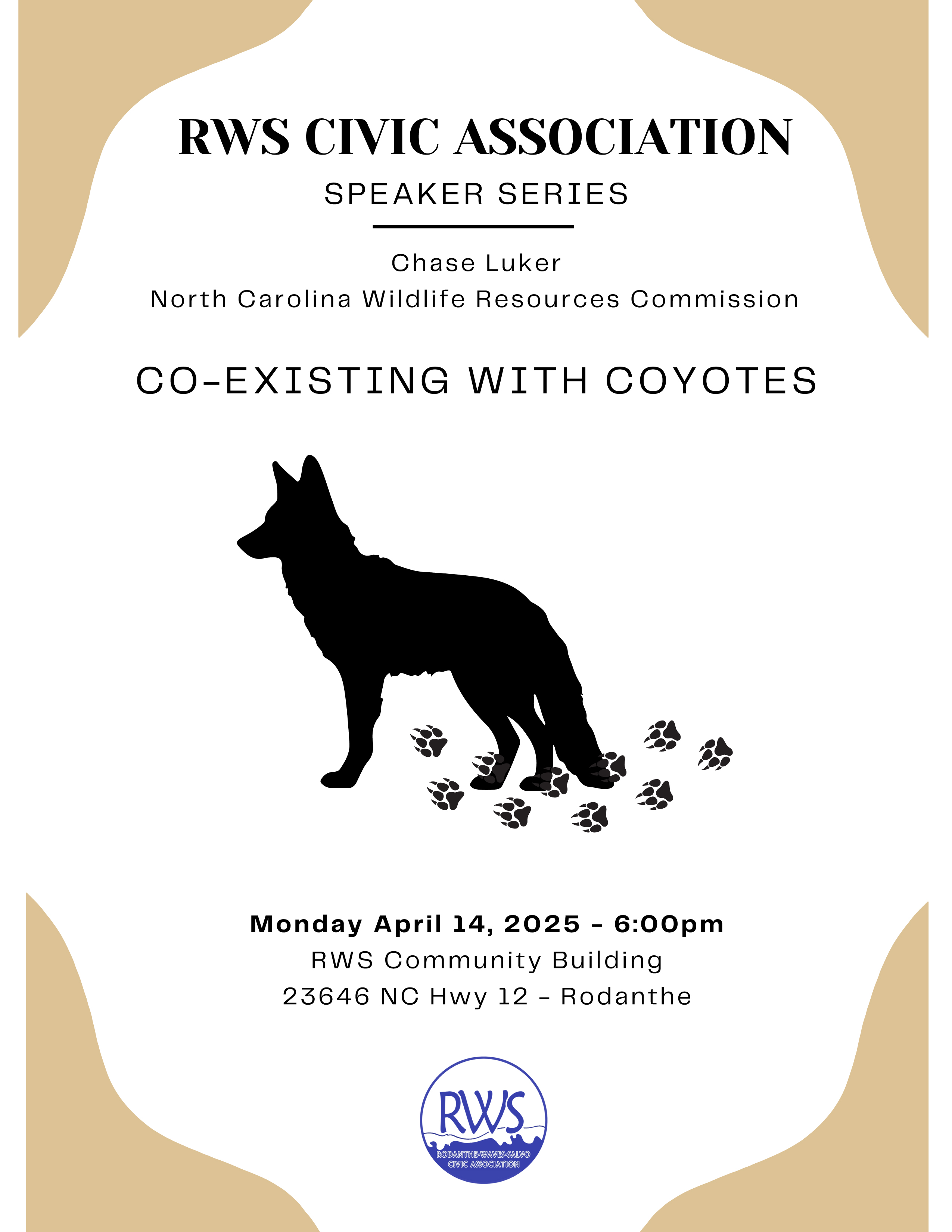Night Sky: Meteor Showers, Fantastic Views of Nebulae, and More Highlights for December
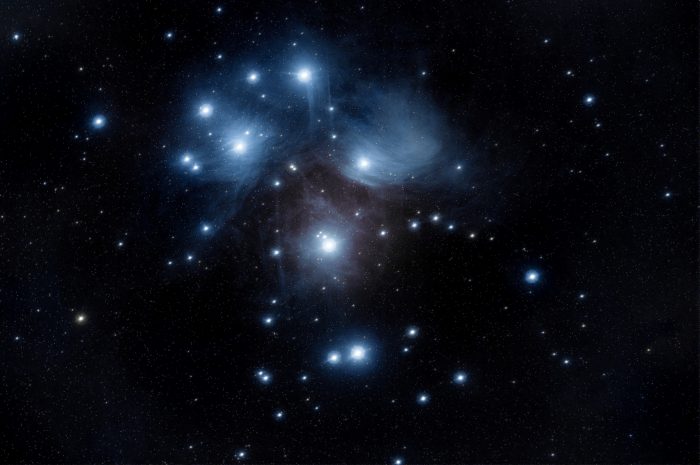
This is M45, the Pleiades. The Pleiades is a bright (magnitude +1.5) star cluster that is easy to spot with the naked eye. It will be just above the ENE horizon as the skies get dark on December 1. The Pleiades has been recorded by many cultures, including the Australian Aborigines, the Japanese, Mayans, and Chinese. The oldest recorded reference to this constellation comes from the 8th century, when the Greek poet, Homer, mentions this constellation in both the Iliad and Odyssey. Many modern sky-watchers think the Pleiades should classified as a star cluster, (rather than a constellation), because it is contained in the modern constellation, Taurus. Homer didn’t have to deal with this nuance because the earliest written reference to Taurus was made about 600 years after he lived.
The Constellation Orion will rise in the East around 7:00 p.m. This is a very large constellation with a body defined by two bright stars to the north, Betelgeuse and Bellatrix, and two more bright stars to the south, Rigel and Saiph, define the legs. In between these pairs of stars are a group of three stars forming a line perpendicular to the horizon. This is Orion’s belt. Hanging off the belt are three more stars that form the sword. If you have normal eyesight and clear skies, focus on the middle star. You should be able to make out M42, the Orion Nebula. Get a pair of binoculars and look at the same area. M42 becomes a rather spectacular object and just to the north of it is NGC 1977, a brilliant reflection nebula often referred to as the Running Man Nebula.
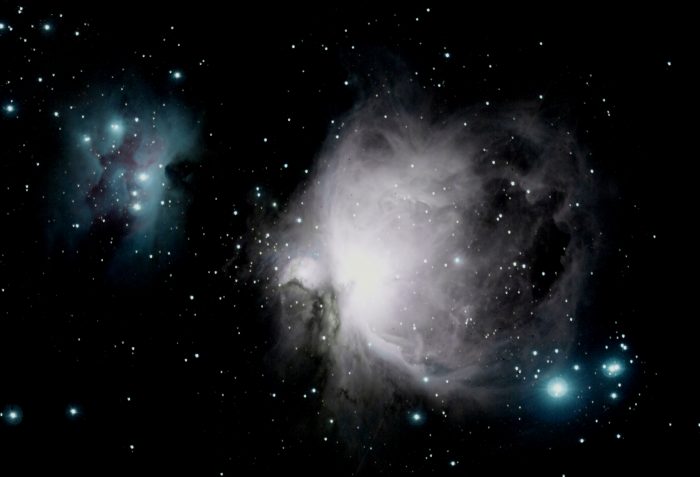
M42 is 1400 light years away and has a visual magnitude of +4. NGC 1793 is 1800 light years away with a visual magnitude of +7.0. The bright star just to the lower right of M42 is the third star in Orion’s sword, Nair al Saif. It’s about 2300 light years away and has a visual magnitude of +2.77. Nair al Saif is Arabic for “the Bright One of the Sword.”
What to NOT look for in December’s Night Skies.
There have been several stories in the press recently about a Comet, 2l/Borisov, passing through our solar system. You will not be able to see this +15 magnitude object unless you have a very powerful telescope!
What you CAN look for in December’s Night Skies
If you look to the WSW right after dusk, you will be able to see a line formed by Jupiter, Venus, and Saturn. If you continue to watch that line every night for the next eight days, Venus will seem to get closer and closer to Saturn. On December 10, the two planets will be in conjunction with each other.
Mars and Mercury will begin the month in the early morning SE skies. Mars will rise at 4:21 a.m. followed by Mercury at 5:16 a.m.
The Gemini meteor showers will peak the night of December 14. This is a major shower expected to generate about 20-30 shooting stars per hour. This is a great shower to share with your kids. since the activity will start about 9:30 p.m. The meteors will appear to originate in the Eastern sky from the stars Caster and Pollux, the Gemini Twins!
The Ursids meteor shower will peak at 5:00 a.m. on December 22. This is a 5-10 shooting star per hour event. It’s easy to find. The activity appears to originate just above and to the East of Polaris, the North Star!
Moon Phases:
1st Quarter is December 4
Full Moon is December 12
Last Quarter is December 18
New Moon is December 26




